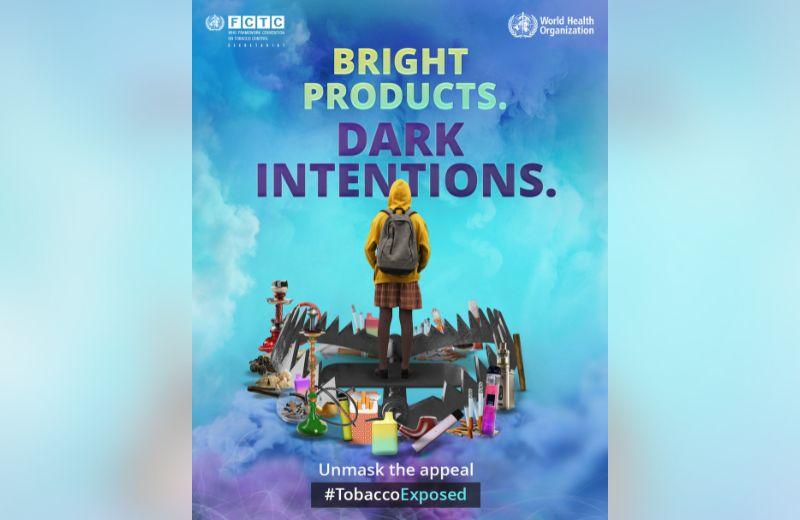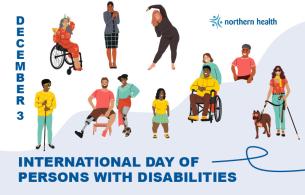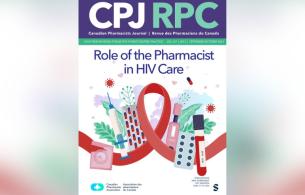May 31 marks World No Commercial Tobacco Day. As I reflect on this year’s theme, “Unmasking the Appeal,” I find myself wondering: Have I seen that advertisement before? This thought brings a strange sense of déjà vu.
Realization of a troubling truth
I suddenly realized: I have seen this before! It was an "ah-ha" moment which revealed a troubling truth - the tobacco industry is back, reinventing older flashy ads to target kids like mine, making their products look cool without disclosing the hidden dangers.
Helen Green, a British artist, created an illustration for the 2018 Washington Post story on JUUL vaping. Her art shows how the tobacco industry used famous icons like Marilyn Monroe and James Dean to promote smoking, and how they’re doing the same today with trendy influencers and vaping. It's the same tactic, a smart way to copy the themes used in old cigarette advertising. I remember how they targeted my generation and others before with colourful branding and marketing for slim and menthol cigarettes for women. Those memories are still fresh in my mind.
The glamour of vaping
Originally, the first e-cigarette was designed to mimic the smoking experience, rather than for flavour appeal, to help smokers quit or reduce use. Now, vape devices entice young people with cool designs and flavours, trapping them in a cycle of lifelong dependence. Behind the glitz and glamour, there’s a false belief that these products are harmless. This illusion hides the risks of vaping, which can harm the lungs, the developing (young person’s) brain, and other parts of the body. I often reflect on a famous quote from a Phillip Morris executive: "Today’s teenager is tomorrow’s potential regular customer..." a blunt reminder of the tobacco industry's relentless pursuit of young customers, no matter the product.
New threats and the need for action
Talking with colleagues, it’s clear that new threats like smart vapes and nicotine pouches, promoted by influencers and celebrities, are popular among youth. These products can be easily concealed, don’t smell like commercial tobacco smoke, and are even used in game challenges, making them symbols of popularity and peer pressure.
Smart vapes or vapentertainment systems come in many flavours and have built-in screens with preloaded games included. This mix of nicotine and gaming can be very addictive. How is this not exploiting our kids?!
Legislative wins and new challenges
There have been numerous hard-won legislative victories that removed appealing marketing, flavours, and colour branding from commercial tobacco products. Yet, we’re still fighting to protect future generations from exposure to current and new nicotine products.
- Where is the nationwide flavour ban promised by Health Canada?
- What are the long-term effects of being exposed to of second and third-hand vapour?
- How do we protect our Canadian ecosystems from the pollution caused by cigarette and vapour e-waste?
We must remember our previous battles against the tobacco industry. Most people start using commercial tobacco and nicotine products before adulthood, which is why nicotine dependence is seen as a children’s health issue – it often begins in youth. Acting early can help prevent serious health problems later on. While smoking remains a concern, we must also focus on vaping and other nicotine products that threaten our children’s health and could be seen as primarily targeting a youth audience.
Protecting future generations from nicotine
It’s time to stand up to the tobacco industry targeting our kids. Let’s use the lessons from commercial tobacco legislation to push for similar laws on vaping and new nicotine products. I am committed to protecting my children and others from the deceptive allure of these products by having open conversations about substance use, being curious, and creating a learning environment at home. It’s important to keep talking about how to protect our children and support their health. Reflecting on the past is essential for safeguarding our future. We must avoid going backwards, even if cigarettes are reappearing in pop culture. Let’s all work together to protect the children and youth in the Northern Health region. It’s something we all need to do.
*In this story, as with most public health communications, “tobacco use” refers to the use of commercial tobacco products, such as cigarettes, cigars, and chewing tobacco, rather than traditional tobacco in cultural or ceremonial practices.














Comments